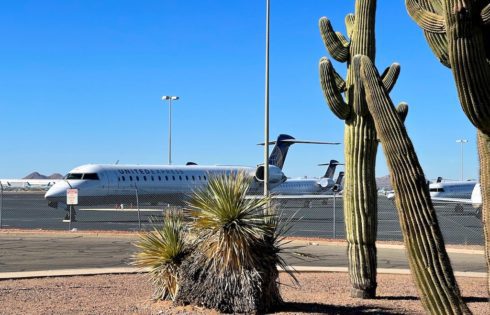
Tucson, Arizona Global Entry Interview Guide [2021]
By far one of my favorite travel perks is Global Entry. It’s saved me countless hours of waiting time when arriving back in the US and allowed me to breeze

By far one of my favorite travel perks is Global Entry. It’s saved me countless hours of waiting time when arriving back in the US and allowed me to breeze
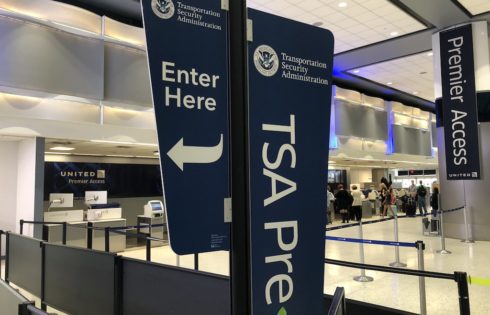
TSA Pre-Check is one of the best investments that I’ve ever made. It’s saved me tons of time and stress over the past few years when making my way through
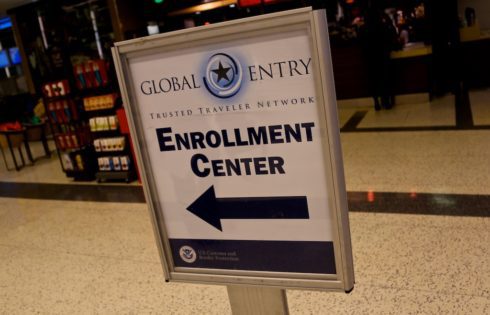
Is your Global Entry membership coming to an end pretty soon? Are you wondering what the requirements are for renewing your membership and whether or not you’ll have to undergo

Offers contained within this article maybe expired. Global Entry and TSA Pre-Check programs are great because they allow you to breeze through airports, when you are departing or arriving back
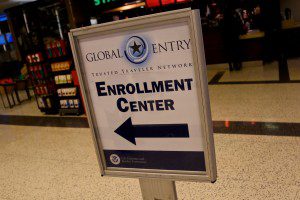
One of the most daunting parts of getting Global Entry is the interview process. It can take a long time to find an open interview slot and some people have
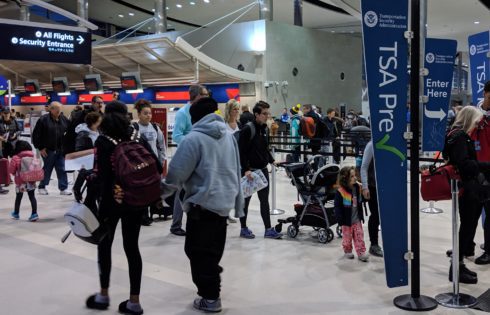
TSA Pre-Check comes with some great perks for getting through airports much quicker. And so naturally a lot of people wonder how they can get TSA Pre-Check without shelling out cash
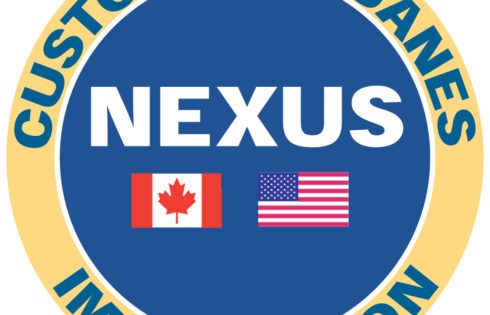
NEXUS is one of a hand full of Trusted Traveler Programs launched by U.S. Customs and Border Protection to expedite the entry process through immigration. The difference with NEXUS is
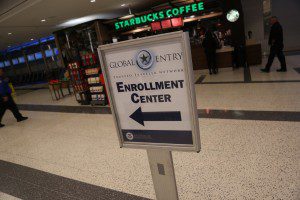
Big news for any Houstonians and some others trying to get Global Entry. Global Entry is now allowing applicants to take care of their “interview” when arriving through immigration at
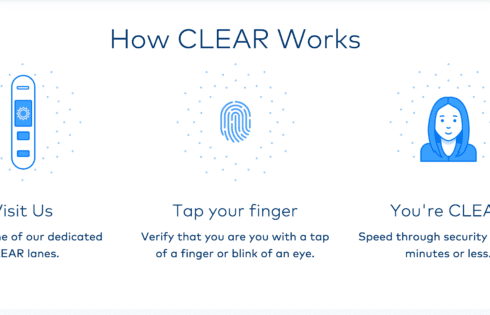
There are so many different types of programs out there for expedited access through airport security and immigration that it’s difficult to keep up with. Each of these type of programs
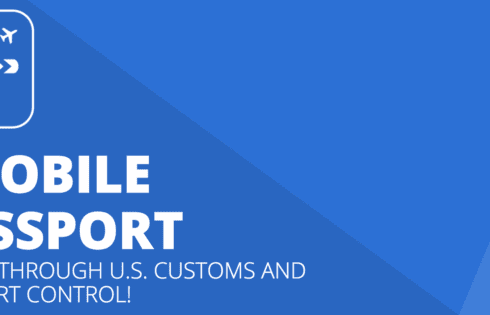
Mobile Passport Control is the new kid on the block everyone is trying to find out more about. It’s a new program launched by U.S. Customs and Border Protection (CBP)
| Cookie | Duration | Description |
|---|---|---|
| cookielawinfo-checkbox-analytics | 11 months | This cookie is set by GDPR Cookie Consent plugin. The cookie is used to store the user consent for the cookies in the category "Analytics". |
| cookielawinfo-checkbox-functional | 11 months | The cookie is set by GDPR cookie consent to record the user consent for the cookies in the category "Functional". |
| cookielawinfo-checkbox-necessary | 11 months | This cookie is set by GDPR Cookie Consent plugin. The cookies is used to store the user consent for the cookies in the category "Necessary". |
| cookielawinfo-checkbox-others | 11 months | This cookie is set by GDPR Cookie Consent plugin. The cookie is used to store the user consent for the cookies in the category "Other. |
| cookielawinfo-checkbox-performance | 11 months | This cookie is set by GDPR Cookie Consent plugin. The cookie is used to store the user consent for the cookies in the category "Performance". |
| viewed_cookie_policy | 11 months | The cookie is set by the GDPR Cookie Consent plugin and is used to store whether or not user has consented to the use of cookies. It does not store any personal data. |
